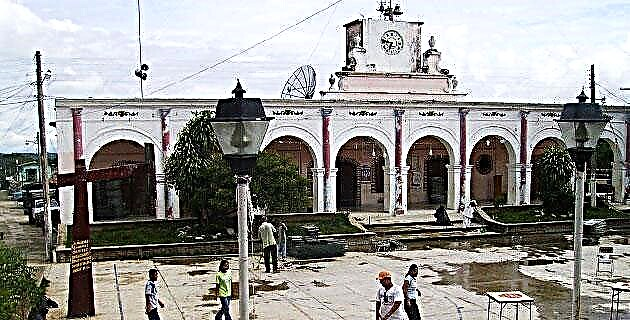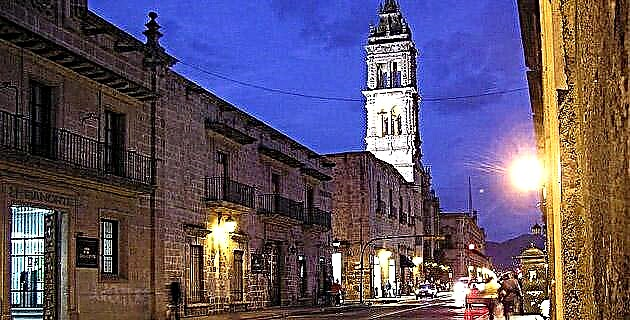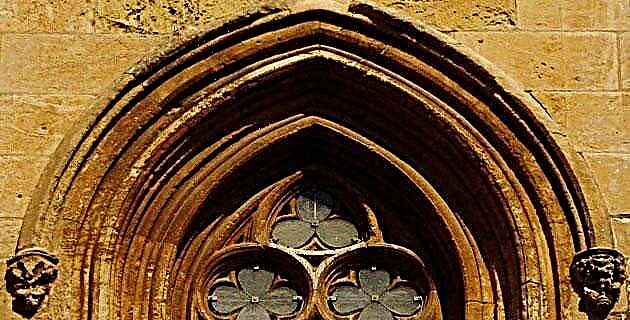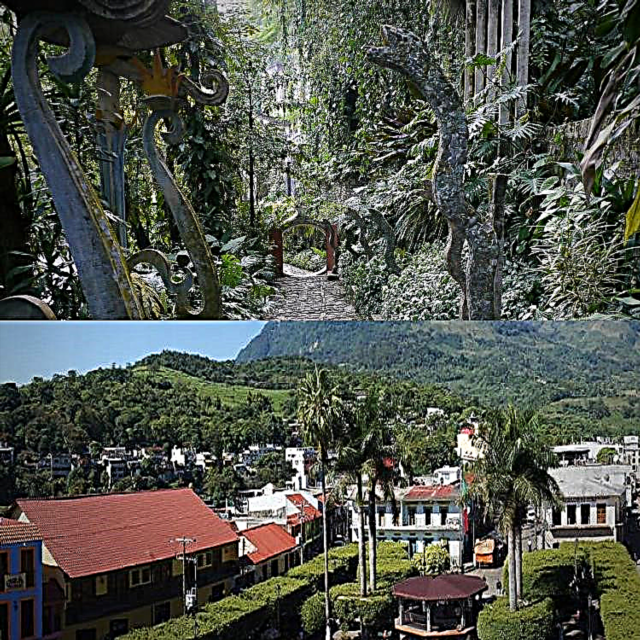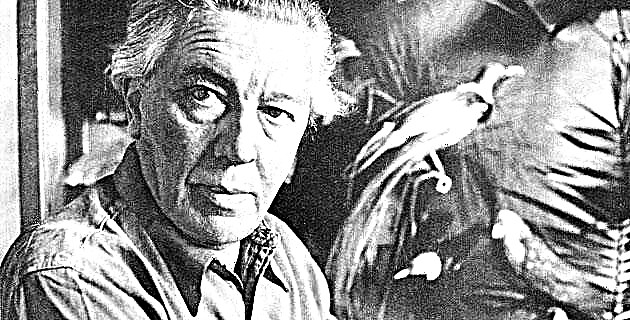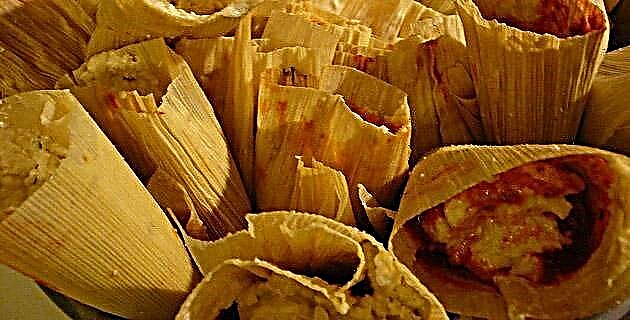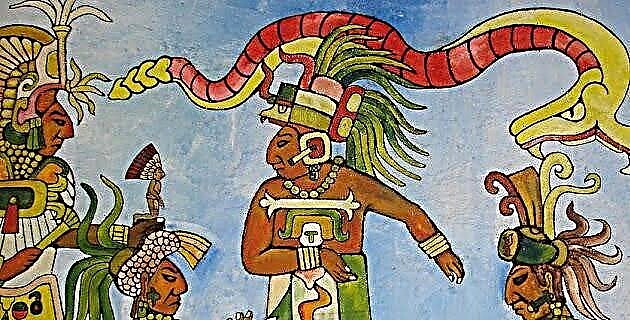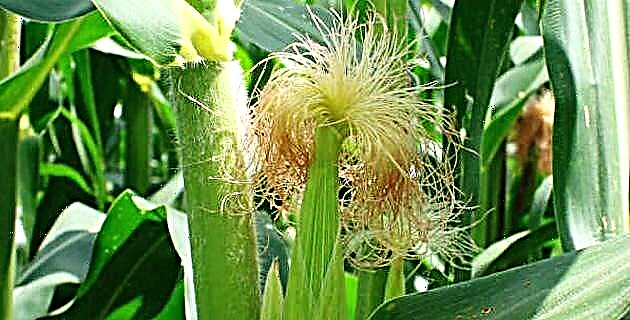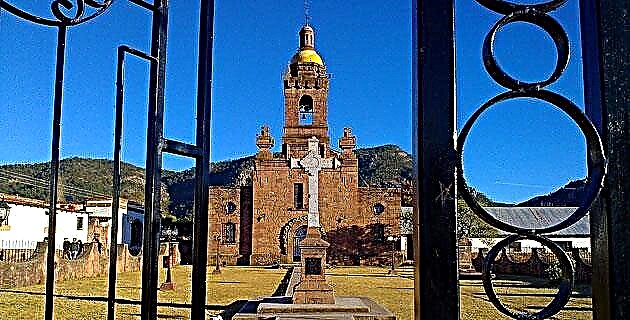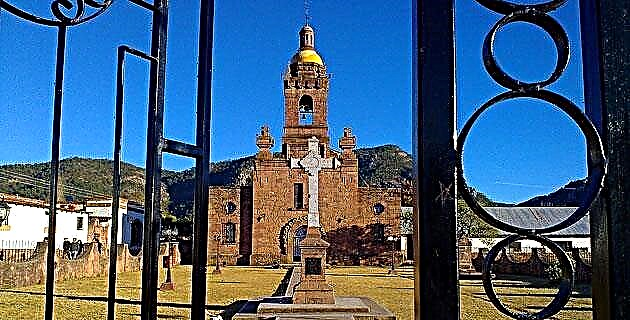
As they did not know how far the north of the country extended, the Jesuits arrived in Chihuahua. In the seventeenth century, the current state was constituted in its southwestern part by what was known as the Chínipas region, while the rest of the territory was divided between the upper and lower Tarahumara.
The first attempts to evangelize Chihuahua came from the trips made by the Jesuits, previously settled in the state of Sinaloa. The first to be built in the region was the one erected by Father Juan Castini in 1621 and known as the Chínipas mission.
The Jesuits worked in the mountains among the Tepehuanes, Guazaparas, and Tarahumara Indians, while the Franciscans worked in the valleys and plains. The first stable missionary in the Chínipas region was the Jesuit Father Julio Pascual, martyred in 1632 together with Father Manuel Martínez. By 1680, Fray Juan María Salvatierra gave a vigorous impulse to the mission that was consolidated in the years 1690 and 1730. In the middle of the seventeenth century the Jesuit missions of the Chínipas region became one of the best organized and advanced.
To the south was the Nabogame where you can still see the church, curate and mission house that Father Miguel Wiytz built in 1744. Baborigame Satevo is located in the same area, which gained new vigor with the administration of Father Luis Martín. and Tubares, founded in 1699 by Father Manuel Ordaz and revived by the administration of the historian Félix Sebastián. The latter was considered one of the most affluent in church, house, cattle and ranches. In the center are the missions of Cerocahui, Guazapares, Chínipas, Santa Ana and in the north Babarocos and Moris.
The Tarahumara Baja area was first evangelized by Father Juan Fonte, who made his first entrance in 1608. In 1639, Father Jerónimo Figueroa built the mission of San Pablo Balleza and that of Huejotitán (San Jerónimo), while at the same time Father José Pascual was building San Felipe. Within the same Tarahumara region are also located La joya, Santa María de las Cuevas and San Javier Savetó, the latter mission built in 1640 by Father Virgilio Máez.
Regarding the territory of the Tarahumara Alta, which encompassed the center and north of this entity, the evangelization work began by Fathers Tardá, Guadalajara, Celada, Tarkay and Neuman. The missions included in this region were: Tonachi, Norogachi, Nonoava, Narárachi, Sisoguichi, Carichi, San Borja, Temechí or Temeichi, Coyachi or Coyachic, Tomochi or Tomochic, Tutuaca or Tutuata, Papigochi, Santo Tomás, Matachi and Tesomachi. In the middle of the seventeenth century, the Jesuit mission of Chihuahua became the best organized and administered, with the exception of those in California.
In the Chihuahuan territory there was also the missionary work of the Franciscans. The objective of the religious was to complete the link that already existed in the north of Zacatecas, for which they founded convents in Chihuahua and Durango. The convents, like the Jesuits, had to fulfill the objective of evangelizing the infidels. The buildings made were that of Our Lady of the North, which is now Ciudad Juárez, San Buenaventura de Atotonilco (Villa López), Santiago Babonoyaba, Parral, Santa Isabel de Tarahumara, San Pedro de los Conchos, Bachiniva or Bacínava (Our Lady of Nativity ), Namiquipa (San Pedro Alcántara), Carretas (Santa María de Gracia), Julimes, San Andrés, Nombre de Dios, San Felipe el Real de Chihuahua and Casas Grandes.

